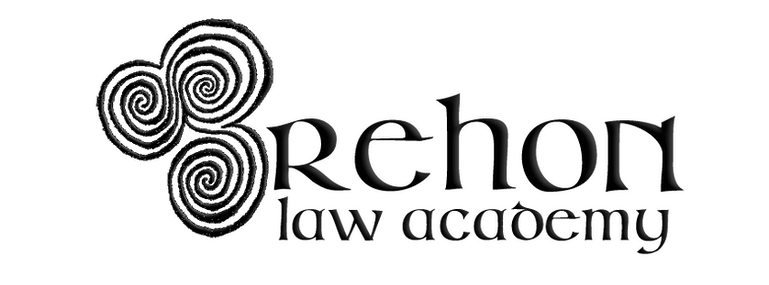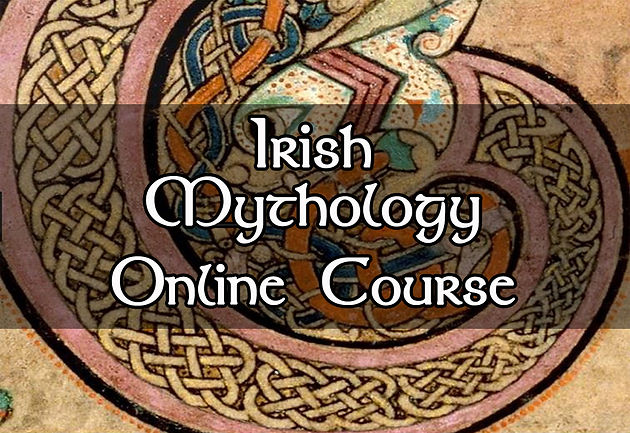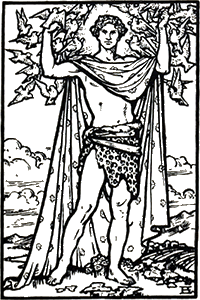Irish myths have been told around fires and at bedsides for millennia.
They tell tales of more ancient times; of heroes and monsters, of extraordinary other-worldy places, triumphant feats of warriors, of mysterious sorcerers and evil phantoms, of gods and kings, of maidens and of monsters.
From the dense forests of Ireland to its chilly mountain peaks and its rugged coastlines, Éire’s entire landscape screams out with the tales of her legends and heroic sagas.
I remember being a young boy of about 7 or 8 years of age starting 3rd class of junior school and being excited as we were about to start learning two new subjects; geography and history. In that first year the focus was entirely on the old myths and legends of Ireland; a clever choice of approach for appealing to our young imaginative minds.
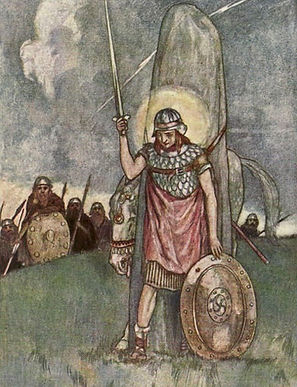
We would hear about the adventures of Cuchulain, the Salmon of Knowledge, and the Children of Lir, the great feats of the mighty Fíanna Warriors of Fion McCool, and the land of the ever-young called Tír na Nog, or how Saint Patrick defeated the druid’s magic, drove the snakes from Ireland, defied a king by lighting a sacred fire and how his flame of Christianity burned ever since.
Though these were mere stories, and spoke of times too ancient even for a young mind to comprehend, a part of me wanted them to be true. I’d look into rivers hoping to meet the salmon of knowledge or imagine how it might be to actually see Tír na Nóg.
After each lesson and new story, I returned home always excited to share what I had learned with my younger brother and cousin – and from that point to this I have continued to hold a deep interest and I have continued to teach others about the culture, myth and history of ancient Ireland.
This is what ultimately led me to found the Brehon Law Academy and create an online course about Irish Mythology.
But before getting into that, let's talk a little about what “myth” really is?
What is myth?
Only once we answer this will we be able to consider whether myth is important and worth studying.
In modern parlance, the word “myth” has become synonymous with “false”: like saying “it’s a myth that we only use 10% of our brain”. But to say myths are “false” is to me the same as saying dreams are false. They are not false or untrue – rather they speak to us in a different language – the language of metaphor.
On one level, a myth is just a traditional story which has been passed down through the ages and which normally contains archetypal motifs and plots which portrays the history, beliefs, challenges, events, or phenomena of a people through the medium of a shared narrative; sometimes in poetry sometimes in prose.
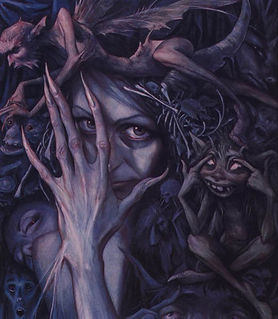
On another, the are psychological maps and can be used to shape identity or as vehicles for unifying people under one common ideal – a shared ancestry, history, or identity framed within a shared story.
“Dreams are private myths, myths are public dreams.”
Dreams speak to us in personal symbols and metaphors about our deep desires, anxieties, and psychological needs. Myths speak to us in shared symbols and metaphors about a group’s desires, fears, or needs.
Is myth important?
Are myths mere fireside stories told to excite the imagination of children before bedtime, or maybe to coerce them into good behaviour lest the goblins, or the faries, or the devil comes to take them?
If myths are mere fanciful stories, why are they so pervasive across time and culture?
While myths are presented to us as stories when we are children, we can as adults appreciate our myths in the same way we can appreciate our dreams.
We can interpret them with an increasing understanding and vocabulary as we learn more about those same challenges which are depicted in the stories and how to decipher the symbols which are used to tell them.
When it comes to the mythology of the world, why is it that we know so much about Zeus, Odin, and Jupiter of Europe, or the Horus of Egypt, the Shiva of India, or even the Quetzalcoatl of the Aztecs, but so seldom hear of the Gaelic gods and goddesses?
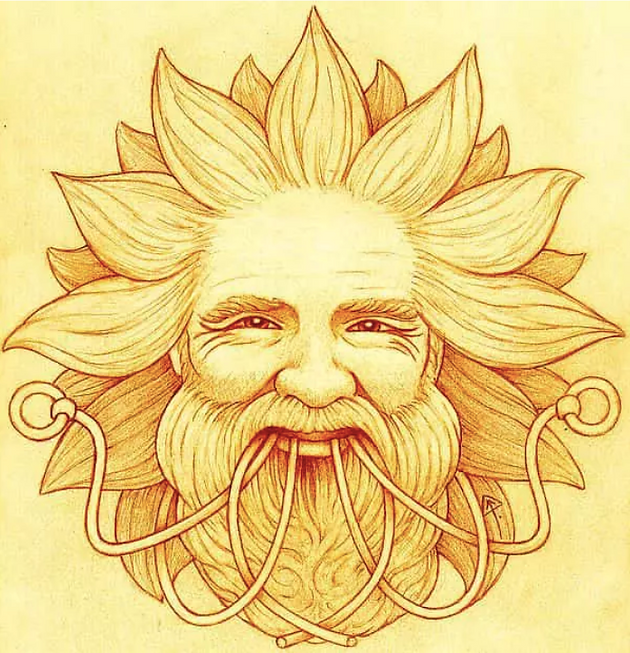
It is not for wont of literature, we have plenty, but It might be due in part to the dream-like style of Irish mythology.
Characters change and make appearances in different ages, morphing or shape-shifting into fish or stag, or find themselves spirited away to mystical islands off the Irish coast, the timeline and imagery is dreamlike, and any inconsistencies are always presented as though no further explanation is necessary.
Learning About Irish Mythology
I wanted to bridge this gap in knowledge and give the Gaelic gods and goddesses a rightful place among the pantheons of the world.
Motivated by a desire to make the Irish myths more accessible to a wider audience, I developed an online course on Irish Mythology.
There are 55 video lessons covering all four cycles of Irish mythology.
From the mysterious Túatha Dé Danann and fairy-people of Irish folk-belief to the deeds of the boy warrior Cúchullain, we taste the Salmon of Knowledge as we hear about the feats of mighty Fianna warriors, and finally we take a tour through the courts of famous kings, both historical and legendary.
This course is aimed at those who have little or no information about the myths of old Ireland, but it is also detailed enough to engage those who are already fans and offer some new insights and perspectives.
There's also heaps of bonus materials and downloadable resources.
At the time of writing, over 450 people have already taken the journey.
So what are you waiting for?
---------------------------------------------------
Sign up for the online course in Irish Mythology and get:
Full lifetime access
Over 5 hours on-demand video
13 articles
5 downloadable resources
Bonus Materials
Certificate of Completion
Access on mobile and TV
---------------------------------------------------
